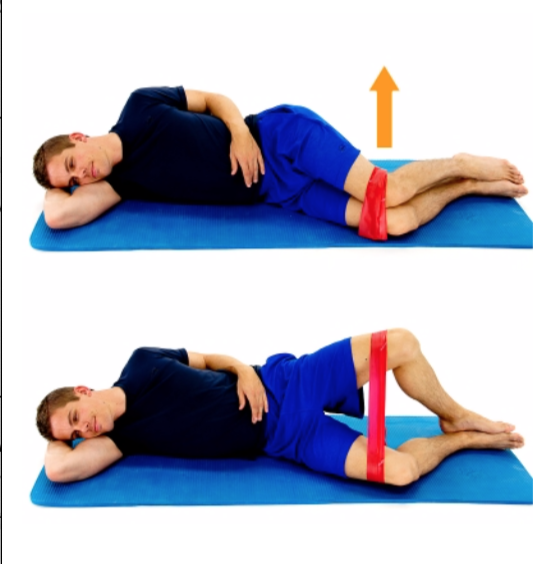PATELLOFEMORAL PAIN SYNDROME – WHAT IS IT & HOW TO PREVENT IT!
Pain in the front of the knee (anterior knee pain) aka Patellofemoral Pain Sydndrome (PFPS) is one of the most common diagnoses among active individuals. This type of knee pain may be experienced during squatting, going up/down the stairs, sitting for long periods of time as well as repetitive activities such as running and jumping. This diagnosis can be confusing because not all individuals with anterior knee pain possess the same underlying cause or contributing factors. There are criteria that put individuals at increased risk of PFPS which include female gender, tight quads, hyper/hypomobile (moves too much or not enough) patella, and decreased quad strength and/or neuromuscular control.1 Addressing known impairments such as weakness and tightness is key to treating and preventing PFPS.
Research has shown the following common impairments contributing to PFPS:1
These impairments can contribute to malalignment of the patella which means it will not sit and move in where it is supposed to. Below is a picture of the patella and surrounding musculature as well as a picture demonstrating how hip drop due to weak hip abductors, excessive pronation at the foot may cause dysfunction at the knee.1
The good news is exercise can help address a lot of these contributing impairments! Here are a couple exercises that may help you prevent patellofemoral pain… If experiencing knee pain currently, contact us today and let us know if you have any questions about these exercises! (Please note these are just general exercise recommendations and to get an individualized plan it is best to see a PT)
1. Clamshells – these are great for hip abductor strength, particularly glut med which helps prevent hip drop during walking & running.
2. Quad stretch – increase flexibility of the quads can help decrease compressive pain at the patella; it is important to tighten your abs while performing this to avoid excessive arching in the low back
3. Side plank with hip abduction – this is a bit more advanced of an exercise in that it requires core stability as well; it’s important to now lift the leg too high otherwise you will be utilizing other muscles and not the target muscle (glut med)
References:
American Physical Therapy Association, Orthopedic Section. Current concepts of orthopedics. 2006. La Crosse, WI.





